I have two situations where I would want something like this. In my model, I have a Message which concerns either one or two Persons. Furthermore, the message has an association with two Addresses, i.e. a from Address and a to Address.
In the first situation with the two Persons, I would like to specify an association between Message and Person multiplicity of 1---1..2 or specify two associations, one with 1---1 and the other with 1---0..1. However, I cannot (or don't know how to) set the multiplicity to two. I can imagine that it might be possible to set it to 1--* with a constraint set to maximum 2 (however I don't know how to do that).
By adding the two associations I feel a bit weird when I look at the Message side because both associations have a 1 there which would indicate a Person should have two Messages related to it. I might want something like 0..1 on the Message side for both associations with an xor constraint on them or something, but I don't know if that is good practise or even possible in EF.



For the second situation, the problem is quite similar, except that there is always a from Address and always a to Address. Setting the multiplicity 1--* doesn't seem right to me. Here I would imagine there should definitely be two associations, a from and a to association (which happen to both go to the Address entity). This however results in the same problem on the Message side of having two 1's or two 0..1's.


So my question is, how do I model this correctly in an EDM?
Thanks in advance.
Update 1:
To clarify the question, I will give a little background information on why I need such a model. I have to be able to create a message. In this message I have to specify whether it concerns one or two persons. Of these persons I specify the first name, last name and some other non-unique properties (two people can have the same name). I could dump all these properties in the Message entity (fname1, lname1, fname2, lname2), but that seems a bad idea. Hence the Person entity was born. However, this might look like a Person can be linked to many messages, but this is not the case. There can be two different persons with the same properties. There is no way of telling whether these persons are actually the same person in real life or not.
In the case of the addresses, a similar argument holds. Two addresses can be spelled a bit differently, but if I write them on a letter and mail it, they will both arrive at the same location (e.g. sesamestreet or sesamestr.). So I don't have one Address entity connected to multiple Messages. Again, the only reason Address is a separate entity, is because I have two of em with exactly the same properties.

 From a database design point of view this might not make sense, from a class diagram perspective it might make a bit more sense. I was under the impression that the EDM in EF should not be like a database design, but more like a domain model, so I hope I did the right thing.
From a database design point of view this might not make sense, from a class diagram perspective it might make a bit more sense. I was under the impression that the EDM in EF should not be like a database design, but more like a domain model, so I hope I did the right thing.
Update 2:
I just thought of what I think might be the best way in this case. Because there is virtually no difference between Person1 and Person2 I feel like making the association between Message and Person 1..* acceptable. The fact that many means two will be something for lower layers to handle. In the address case, the from and to are quite different. They are both addresses, but I don't feel I can make em a list. I could split the from and to address into separate entities and let them inherit from Address. Then associate Message with each of the subclasses. It might seem a bit overkill, but you could reason that a from address might at some point have different requirements than a to address and hence different properties.

I am not 100% happy though (especially with the address part). This solution might or might not be OK, but I feel like it avoids the core problem.

